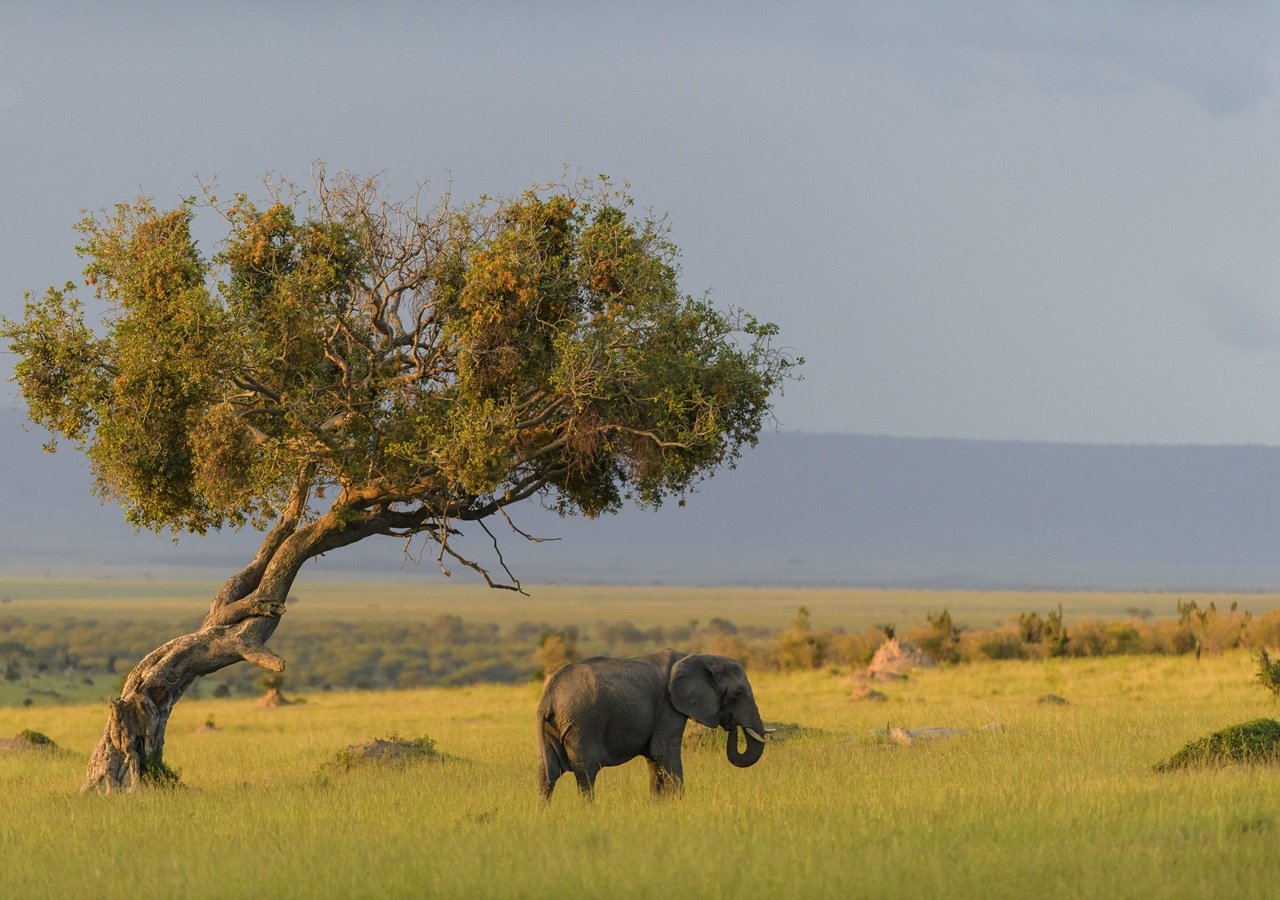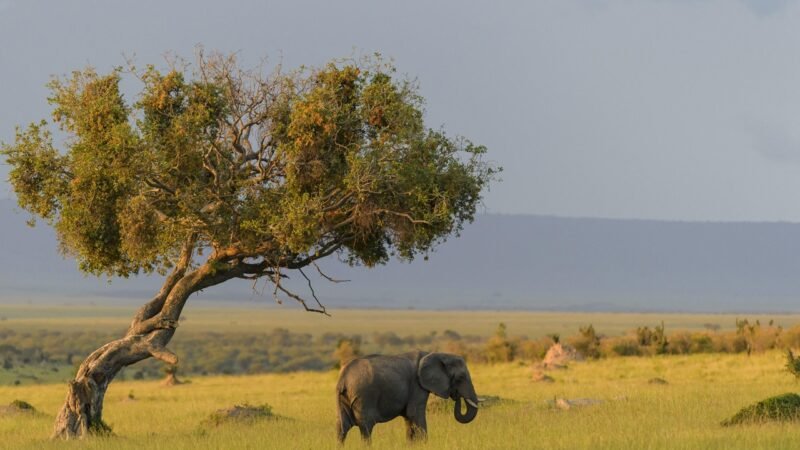Serengeti Eco-Tourism

Serengeti Eco-Tourism 2025: Sustainable Wildlife Adventures in Tanzania
The Serengeti National Park, a UNESCO World Heritage Site spanning 14,750 square kilometers, is a global beacon for eco-tourism, offering sustainable ways to experience its iconic Great Migration and Big Five (lion, elephant, buffalo, leopard, rhino). Tanzania’s commitment to conservation makes the Serengeti a leader in responsible travel, blending thrilling safaris with environmental and community support. In 2025, new eco-lodges, low-impact tours, and conservation initiatives enhance its appeal for green travelers. This Serengeti eco-tourism guide for 2025 highlights the best sustainable activities, accommodations, and tips for a meaningful adventure. Explore the Serengeti while preserving its wild heart!
Why Serengeti Eco-Tourism?
The Serengeti’s vast ecosystems and rich Maasai culture provide a perfect setting for eco-conscious travel. With sustainable lodges, low-emission safaris, and community-led programs, it balances adventure with preservation. In 2025, new solar-powered camps, expanded conservation workshops, and eco-friendly trails make the Serengeti a top choice for travelers who care about the planet.
Key Highlights:
- New eco-lodges with renewable energy and zero-waste systems.
- Conservation-focused tours supporting anti-poaching and habitat restoration.
- Community-led cultural experiences benefiting Maasai villages.
Top Eco-Friendly Accommodations
The Serengeti’s eco-lodges combine comfort with sustainability, using solar power, rainwater harvesting, and local sourcing to minimize environmental impact.
- Serengeti Green Camp ($100–$200/night): Eco-tents with solar energy and composting toilets, supporting local employment.
- Asilia Sayari Camp ($400–$800/night): Luxury eco-lodge with water recycling and wildlife monitoring programs.
- Serengeti Wild Camp ($50–$100/night): Budget-friendly campsite with low-impact facilities.
- &Beyond Grumeti Serengeti Tented Camp ($600–$1,200/night): High-end eco-lodge with solar power and conservation funding.
- Nomad Serengeti Safari Camp ($300–$600/night): Mobile eco-camp following the migration with sustainable practices.
Booking Tip: Reserve 6–12 months in advance via eco-certified operators like Asilia Africa or direct lodge sites.
Pro Tip: Look for certifications like EcoTourism Africa or Green Globe for verified sustainability.
Top 8 Eco-Tourism Activities
These activities offer sustainable ways to explore the Serengeti’s wildlife, landscapes, and cultures while supporting conservation.
1. Eco-Safari for the Great Migration
Witness the Great Migration (January–March for calving, June–October for river crossings) on eco-safaris ($200–$400/day) with Asilia Africa. Low-emission vehicles and small groups reduce environmental impact, with proceeds funding anti-poaching efforts. New 2025 tours will include carbon offset programs.
Why It’s Sustainable: Minimizes ecological footprint while supporting wildlife protection.
Tip: Book 6–12 months in advance for peak migration seasons.
SEO Note: Search “Serengeti eco-safari 2025” for green operators.
2. Walking Safari with Eco-Trails
Experience the Serengeti on foot with eco-friendly walking safaris ($150–$300/day) led by Tanzania Eco Safaris. Guided by armed rangers, these low-impact tours use sustainable trails to track elephants and giraffes. New 2025 eco-trails will fund habitat restoration.
Why It’s Eco-Friendly: Low-carbon activity with conservation benefits.
Tip: Use biodegradable sunscreen and insect repellent.
3. Conservation Workshop
Join conservation workshops ($50–$100) with Serengeti Conservation Project to engage in wildlife monitoring, anti-poaching patrols, or tree planting. Hands-on activities support park preservation. In 2025, new workshops will include community-led sessions on sustainable practices.
Why It’s Meaningful: Directly contributes to Serengeti conservation.
Tip: Combine with a game drive for a full eco-experience.
4. Maasai Village Eco-Tour
Visit Maasai villages near the Serengeti ($15–$30) with Maasai Wanderlust for sustainable cultural immersion. Learn about traditional dances and crafts, with proceeds funding clean water and education projects. New 2025 women-led tours will empower local communities.
Why It’s Sustainable: Supports Maasai livelihoods and conservation initiatives.
Tip: Buy handmade crafts to directly benefit villagers.
5. Birdwatching Eco-Tour
The Serengeti’s 500+ bird species, from ostriches to lilac-breasted rollers, shine on eco-friendly birdwatching tours ($100–$200/day) with Tanzania Birding Tours. Low-impact trails and expert guides protect habitats. New 2025 conservation-focused tours will fund bird sanctuaries.
Why It’s Eco-Friendly: Minimal disturbance with environmental benefits.
Tip: Visit November–April for migratory birds.
6. Hot Air Balloon Eco-Safari
Soar above the Serengeti on an eco-conscious hot air balloon safari ($400–$600/person) with Serengeti Balloon Safaris. Operators offset carbon emissions, and proceeds support conservation. New 2025 packages will emphasize sustainable practices and smaller groups.
Why It’s Sustainable: Balances adventure with environmental responsibility.
Tip: Book early for limited eco-slots.
7. Night Safari with Low-Impact Gear
Explore nocturnal wildlife like hyenas on eco-friendly night safaris ($200–$350/day) with Tanzania Eco Safaris. Low-impact spotlights and quiet vehicles minimize disturbance. In 2025, new regulations will enhance sustainability for nighttime tours.
Why It’s Unique: A green way to see the Serengeti’s nocturnal ecosystem.
Tip: Dress warmly for cooler nights.
8. Community-Led Wildlife Monitoring
Participate in community-led wildlife monitoring ($50–$100) with EcoAct Tanzania. Track animals like leopards using non-invasive methods, with data supporting park management. New 2025 programs will include Maasai rangers, boosting local employment.
Why It’s Sustainable: Empowers communities and aids conservation.
Tip: Bring a notebook to record observations.
Practical Tips for Eco-Tourism
- Best Time to Visit: June–October for the dry season, ideal for safaris. January–March is great for calving season and fewer crowds.
- Getting There: Fly from Arusha to Serengeti airstrips ($100–$300) via Precision Air or Coastal Aviation for lower emissions. Road transfers from Arusha (6–8 hours, $50–$100) are budget-friendly but less eco-conscious.
- Visas and Health: Tanzania requires a tourist visa ($50–$100, online). Yellow fever vaccination may be needed from endemic areas. Use mosquito repellent and bottled water.
- Cultural Respect: Dress modestly in Maasai villages (covering shoulders and knees). Ask permission before photographing locals.
- Sustainable Travel: Choose eco-certified lodges and tours. Join conservation activities like tree planting or cleanups. Use reusable water bottles and avoid single-use plastics.
- Safety: Use licensed operators and secure valuables in camps or vehicles.
Sustainable Dining
- Eco-Lodge Meals: Camps like Serengeti Green Camp offer meals ($10–$20) with locally sourced ingredients like ugali and vegetables.
- Bush Picnics: Eco-operators provide sustainable picnics ($5–$15) using biodegradable packaging.
- Arusha Markets (Pre-Safari): Buy organic fruits and snacks ($1–$3) from sustainable vendors.
Pro Tip: Carry reusable cutlery to reduce waste.
Sample 7-Day Eco-Tourism Itinerary
Day 1: Arrive in Arusha. Stay at Arusha Backpackers ($20). Dine at Mama’s Kitchen ($5).
Day 2: Fly to Serengeti ($200). Eco-safari for Great Migration ($200). Stay at Serengeti Wild Camp ($40).
Day 3: Walking safari ($150). Maasai village eco-tour ($20). Stay at Serengeti Green Camp ($150).
Day 4: Conservation workshop ($50). Birdwatching tour ($100). Stay at Serengeti Green Camp.
Day 5: Hot air balloon eco-safari ($500). Stay at Nomad Serengeti Safari Camp ($400).
Day 6: Night safari ($200). Community-led wildlife monitoring ($50). Stay at Serengeti Wild Camp.
Day 7: Morning eco-safari ($150). Fly back to Arusha ($200). Depart.
Total Cost: ~$1,600–$2,000 for one person, excluding international flights.
Why Serengeti Eco-Tourism in 2025?
The Serengeti’s iconic wildlife, vast landscapes, and Maasai culture make it a leader in eco-tourism. New eco-lodges, low-impact tours, and community programs in 2025 ensure a thrilling yet responsible adventure. From tracking the Great Migration to supporting Maasai initiatives, your trip will preserve the Serengeti’s legacy.
Plan your eco-adventure now! Share your sustainable travel tips or questions in the comments, or explore our Tanzania Travel Guide 2025 for more inspiration!

